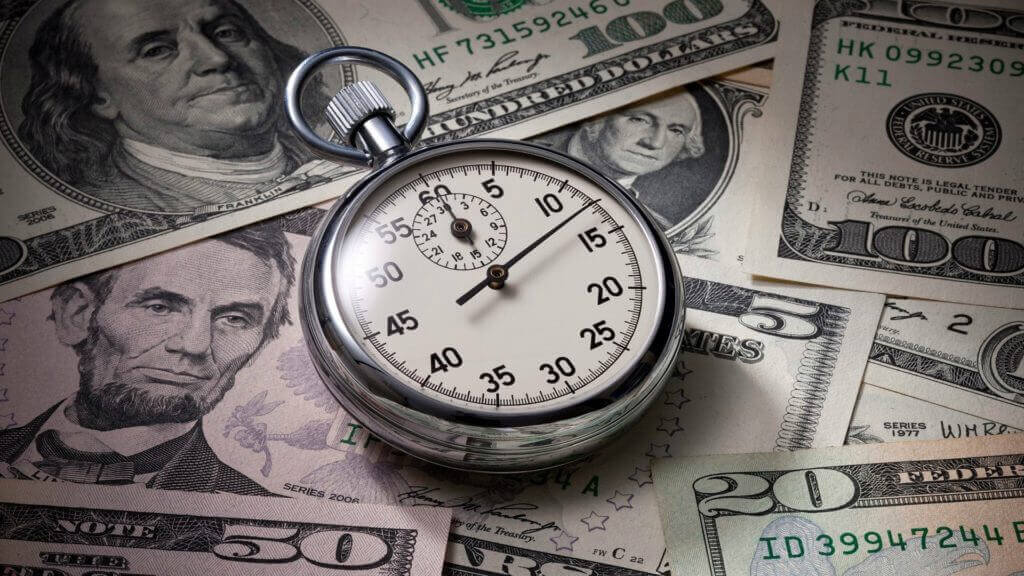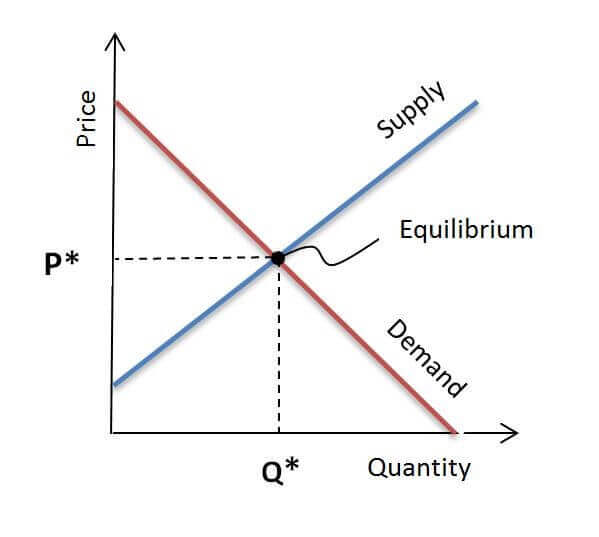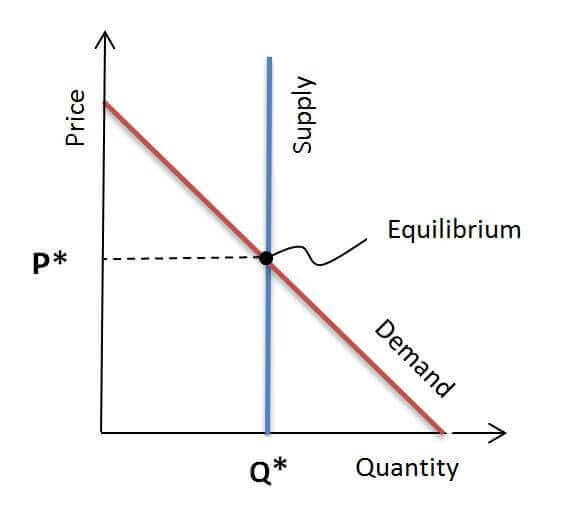
Revenue Management techniques are dictated by the type of product you’re selling. What are the main characteristics of hotel rooms as a product and what makes it different from, let’s say, apples?..
NB: This is an article by Ira Vouk, Co-founder at iRates LLC
1. Perishability
Highly perishable products (hotel rooms, airline tickets, car rental, storage spaces) are anything that is time-dependent. Anything that is rented by month, day, hour, or second.
What is the main difference between perishable and non-perishable goods? Obviously, it is timing.
Produce is also considered perishable but hotel rooms are much worse! Average shelf life of an average apple is 2-4 weeks (yes, I was surprised, too). So you’ve got up to 28 days to sell it. But you only have 1 chance to rent a hotel room for the 4th of July – only on the 4th of July. After the end of the day, the product instantly goes bad. You have to take it off the shelf and display a new one – called “July 5th“ (which is normally much less valuable).

2. Strictly limited supply
You can get flexible number of apples, depending on what your demand forecast will be, but hotels are limited by physical inventory. You can only sell X number of hotel rooms (or less, if you’re working on fixing that bed bug issue in a few rooms that are out of order) at any given point in time. Hence the specifics of managing this product that will be described below.
Unlike other markets where supply can be easily fluctuated, travel industry often experiences situations when Demand exceeds Supply, which results in an overflow that explains the tremendous success of Vacation Rental business that we have been seeing lately. But that is a whole separate discussion…
3. Selling the promise
Another specific – you can start selling a hotel room before it’s even available. You can sell the promise, not the actual product (unlike an apple on the shelf in a store). Hotel rooms are sold 365 days (or even more) in advance. This is also dictated by the perishability. It would be impossible to fill the property by only accepting walk-in guests on the day of arrival. So hotels have to sell advanced reservations. A reservation is “an arrangement to have something held for one’s use; also : a promise, guarantee, or record of such engagement” (definition by Merriam-Webster).
4. Overselling
What is also amazing is that sometimes you can (and you should) sell more promises that you can deliver! Overselling (or overbooking) is a technique used in Revenue Management to offset anticipated cancellations and no-shows. Proper overselling at the peak of demand helps hoteliers sell their rooms at the premium rate and not leave money on the table from empty rooms due to anticipated cancelations and no-shows. This is optimal strategy that leads to revenue (and profit) maximization. The additional revenues gained from the overselling techniques go straight to the bottom line. More details on this subject can be found here.
Specifics of managing hotel rooms
So based on what is discussed above, what are the specifics of revenue managing this kind of product?
With apples, you maximize you profits through sophisticated logistics and fluctuating Supply (with relatively fixed prices) based on your demand forecast.
If you’re familiar with basic principles of economics, you will recognize this graph that depicts what happens with those apples:

With hotel rooms, on the other hand, supply is a fixed variable (as we discussed above), so all you have left is to fluctuate your Price, according to demand fluctuations. Supply curve is vertical, equilibrium Quantity is determined entirely by the supply conditions (physical inventory in the market), equilibrium Price is determined entirely by demand conditions. This is approximately how it looks:

The concept is the following: in general, when demand is strong, price for a hotel room should go up, to capitalize on ADR; when demand is weak, price should go down, to increase occupancy. This concept has a name – “Dynamic Pricing”. One of its biggest advantages is the ability to adjust to the real demand fluctuations, even if your initial forecast was inaccurate (again, due to the specifics of the product: you have 365 days or more to play the pricing game). The beauty of Dynamic Pricing is that these prices can (and should) be constantly re-adjusted in accordance with demand fluctuations in the market.
Proper pricing adjustments (daily or even hourly), which take existing demand into account, are the key to increased profitability of any property. In a perfect scenario, on any given day, you need to:
- sell 100% of your available inventory
- at a maximum potential price
- with minimum expenses (in commissions and fees).
You do that by starting to sell this inventory (or, “the promise”) 365 days in advance by trying to predict demand and by pricing your product the way that would allow you to reach 100% occupancy and highest possible ADR. Sometimes you have to oversell, in anticipation of cancelations and no-shows.

Some of these individual tasks can be performed manually. However, due to the specifics of the product described above and the complexity of the required analysis, the most efficient way to handle data and generate profits is through Revenue Management Software (RMS). Does Albertsons manually forecast the number of apples to be delivered to their stores each day? Not a chance. So why is hospitality industry so far behind?… (Click here for more details on automation in hospitality Revenue Management)
Conclusion
There are a number of characteristics of “hotel rooms” as a product that dictate the specific Revenue Management techniques, which should be applied in order to maximize profits.
Managing any perishable time-dependent product is a complicated task that requires a lot of forecasting. In order to be successful, it is necessary to be able to estimate approximate demand level for every day in the future, at least 365 days ahead, and price your inventory accordingly. It is best to invest in an automated Revenue Management solution that is integrated or built in to your Property Management System that allows you to predict demand, track your remaining inventory and price you rooms based on fluctuating market conditions, with the maximum potential outcome.




